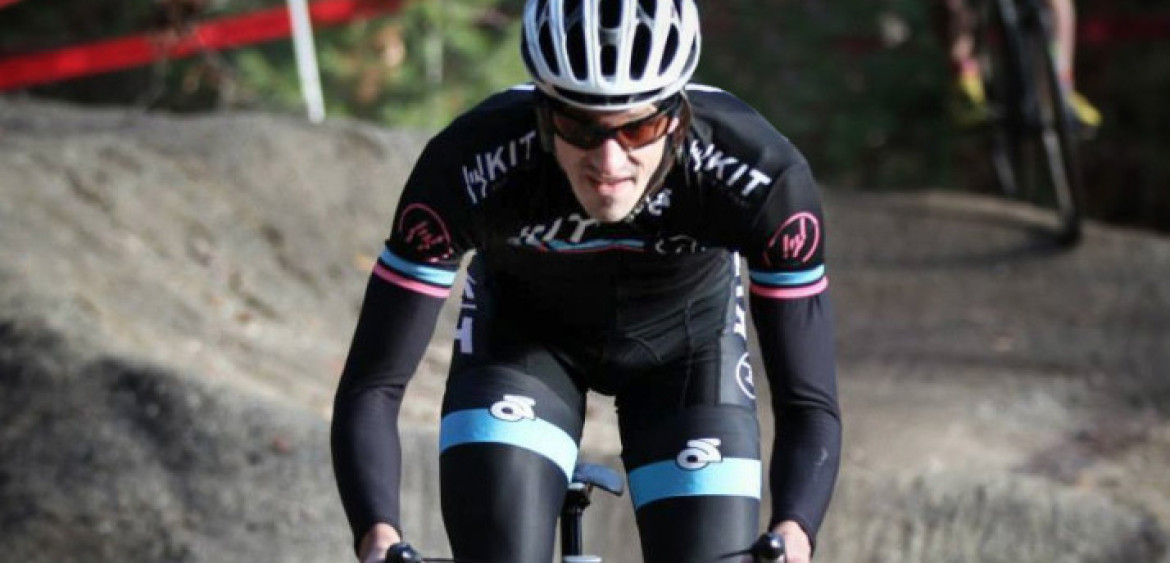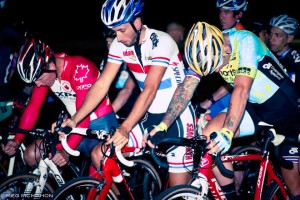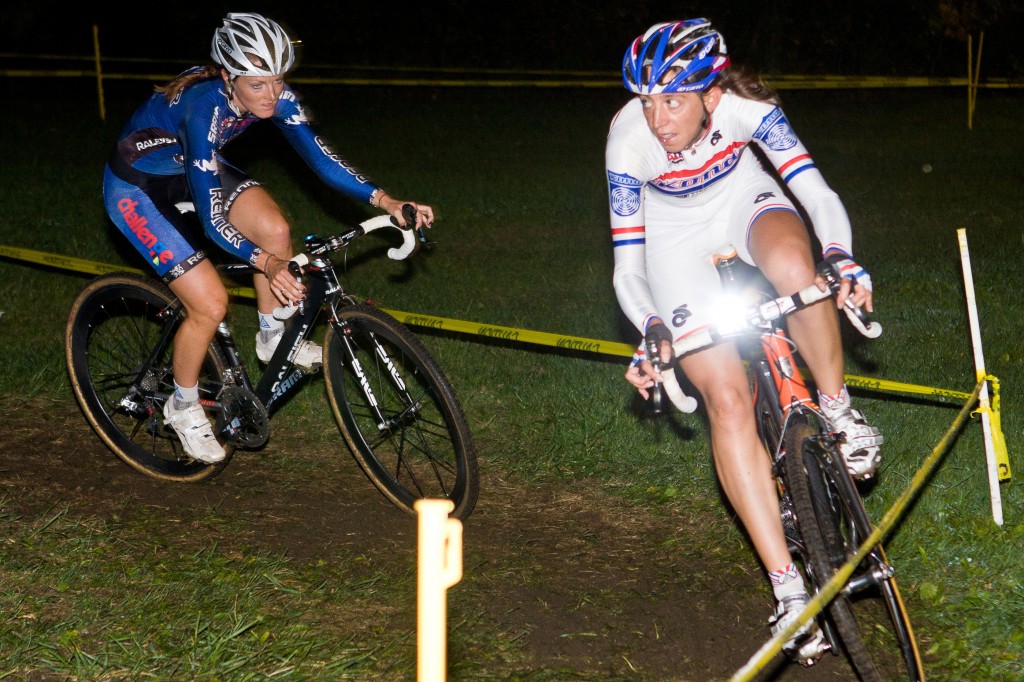The 2015 cyclocross season is fast approaching and we’ve compiled a list of cross races taking place throughout New England this fall.
The 2015 kits are here!
Standing, staring out at the empty spaces that will soon be occupied by stakes, course tape, and bicycles, there is a sense of limitless possibilities, which by no means is a comforting thought. With possibility comes potential, and with potential comes responsibility, and with responsibility comes accountability. Looking down at my watch, I care less about the time and more about the date. How much longer do I have and how much more needs to be done? 4 weeks left. Only a month. 4 weeks may seem like a long time, but in reality it’s not. 4 weeks is never 4 weeks when putting on a race. Days dedicated to work, to family, to my own training and racing, to everything but the thing that is coming 4 weeks. Better not to think about that now, and focus on the reason why I’m standing and staring out at these empty spaces: what is this course going to look like? What can I shape and mold? Before a child is born, parents can spend a lot of time wondering what the child is going to look like, something you won’t know until after the birth. The same can be said for a cross course: you never really know what it is going to look and be like until after the race is over.
Race directing sits somewhere in between a selfless and selfish act, one where you can be out on an island alone while simultaneously being the center of attention, both of which are equally desired at various points. The gratification that comes with a race that is well done, where everyone has a good time and comments are given that testify to that fact, provides a euphoric feeling of accomplishment. At the same time, the sense of isolation that comes with that responsibility can provide ample counterweight to any sense of accomplishment. Professional stage performers can find it difficult to hear the many applause past the few criticisms. Directing a race can be the same. All the voices proclaiming the race a success can be overshadowed by the few who don’t share that opinion. Those are the sentiments that last the longest in your mind. Ultimately, however, none of the voices of criticism can ring as loud as those stated in your own voice, resulting from the comparison between what you would like to do and what you can do, the time you need to deliver on your vision and the time you actually have, the resources necessary and those provided. This is the balancing act required, and a sense of equilibrium is needed to realize that the perfect cannot be the enemy of the good.
The Midnight Ride of Cyclocross(or MRCX) is entering its third year, occupying a position at the start of New England’s Holy Week of Cyclocross. In many respects, the race probably shouldn’t exist. It is a midweek event, often requiring people to take time from work to volunteer and participate, in a race calendar that is already full of events. In New England, you can literally race twice every weekend from September to December and never have to travel more than a couple of hours (and many people do). The race day battles over the length of the season are based as much on fitness as attrition. It is easy to move up in placings if you can just last long enough throughout the months of competing. But that’s the trick. It’s not an easy thing to do, and thus why do one more race on a Wednesday night on a relatively featureless track of land? This is a question I’d rather not think about, especially at four weeks out when the final rush to register won’t occur until days before the race date.
But people have shown up, and will show up again. They come because this is cyclocross in New England, and we do have midweek night races, and if we didn’t have midweek night races peoplewould be doing a midweek training series, and what else do I have to do on a Wednesday night in September but travel to a place called The Fairgrounds and do fast loops around flowy corners and woodchip turns, and up and down one hill. For most people, it is not a question of “Why am I doing this?” but “Where is everybody else?”
Every new year for every race director is a leap of faith, bounded by the hope that supplies will be delivered on time, people will show, the budget will be met, and fun will be had. For MRCX, this is especially the case. The business model of having a race that is: 1) more expensive than most to put on, coupled with 2) fields that are smaller than most would not be considered by the risk-adverse as a rationally thought out enterprise. The additional element to this is that the proceeds from the race go to charity. The opportunity to own the loses but not the profits is not a chapter in any business seminar. Then again, this isn’t a business; this is a cyclocross race. The two should never be confused.
In a chance discussion with a work colleague about the race, she asked “But you do get paid for putting on the race, right?” There are those questions that when asked not only reveal the lack of familiarity that the asker has with the topic, but how much effort would be required to explain the answer. What to say in the middle of a hallway, a brief discussion that at its beginning showed no potential beyond polite small talk? A simple, “No, I don’t get paid” was all is could summon. The next obvious question is “Then why do you do it?” That is precisely the question.
There is a concept in community organizing called ‘social brokering.’ It can be the job of the organizer to bring together disparate members of a locality and get them to act as a community to effect some positive change or achieve some goal. In this way, race directing is community organizing. It is no different in its essence than working in another neighborhood context toward establishing a neighborhood watch, cleaning up city blocks, and general creating potential for positive change and improvement of people’s lives. Any race is an effort of many hands, and the RD is merely the conduit bringing those parts together.
Putting on a race can be relatively simple thing to do in terms of getting a license, setting up a course, and having an event. The trick is to go beyond that, to create something that people feel attached to because they see themselves in it, see it as part of the community, and will support because it represents who they are. The thing I am probably most proud of in putting on MRCX is that it is a community effort. It belongs to no singular entity. It is the product of a number of cycling/athletic clubs, small businesses, individual volunteers, participants and local municipalities. In that way, it belongs to everyone, representing the same spirit seen in many races: the coming together of many parts to create one whole. The goal of these races is not to put on a race that meets a set of minimal requirements. Rather, it is to transform the empty space into a neighborhood park for that moment. The course becomes the center of the NECX community, and for anyone who wants to experience and become a part of it. That’s ultimately the vision, the sense of possibility that exists four weeks out, staring at that empty space. And the knowledge that once created, that space is never truly empty again.
Thanks for reading.
Gary


